Each type of laser power sensor has its own area of relevance. The informed user can make the most of a sensor by knowing when and how to use it.
Photodiodes are excellent sensors for lower power lasers, but it is important to be aware of a couple of things before using them for pulsed laser beams.

1. High energy pulses: Photodiode sensors are used to measure average power of low power laser beams, so one might think the energy level of a pulsed beam is irrelevant. This is not true, though. Although damage is not usually a problem here since photodiodes measure very weak lasers, saturation can be an issue. If the pulse energy is too high the reading won’t be accurate since the photodiode will become saturated and a fraction of the light that hit the photodiode will not be converted to current. The limit for pulse energies not saturating the detector is on the order of tenths of a microjoule.
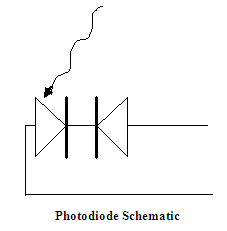
2. Low frequency pulses: Low frequency lasers can be tricky to measure with a photodiode sensor. The power meter reads the photodiode output current with an Analog-to-Digital converter. Since the A/C has a sampling rate of 15Hz, it can easily measure pulsed laser beams with high frequencies. When trying to measure something less than about 100Hz, though, one must be careful. As the frequency of the laser approaches the A/C’s sampling rate, a beat frequency will become noticeable. The closer the two frequencies are, the more the beat will stand out. For example, if one tried to measure a 16Hz laser beam, there would be a beat frequency of one hertz. This would make the readings very unstable, as one in fifteen samples will be affected by the beat frequency. In many cases, even low repitition rates can be measured using the averaging function of the meter to average the reading over a number of seconds. If the average power is above 50μW or so, a sensitive thermal sensor can be used instead of a photodiode.
The bottom line is that photodiode sensors are an excellent tool for measuring low power laser beams. Use it for any laser within its specs, but if you’re using a pulsed laser, don’t forget these guidelines!
Have you used a photodiode sensor to measure a pulsed laser beam? For more information, feel free to check out our FAQ or ask us a question below.
You might also like to read: How to measure power of very low power pulsed laser beams
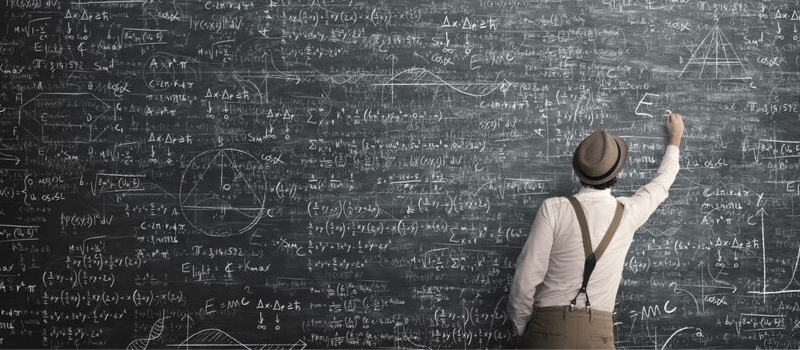
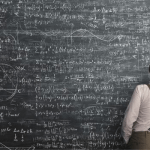
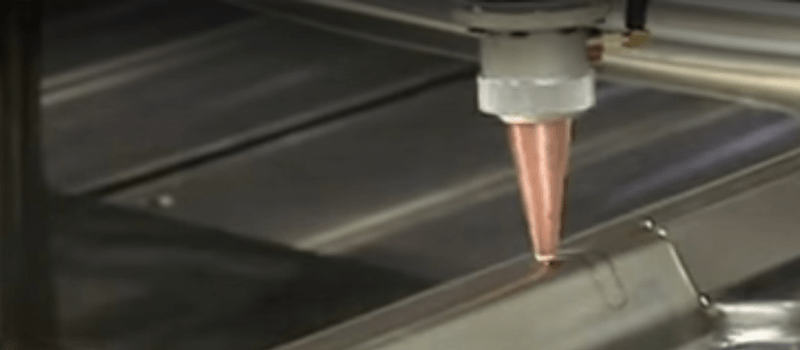
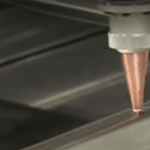

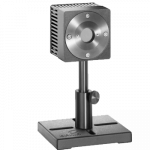
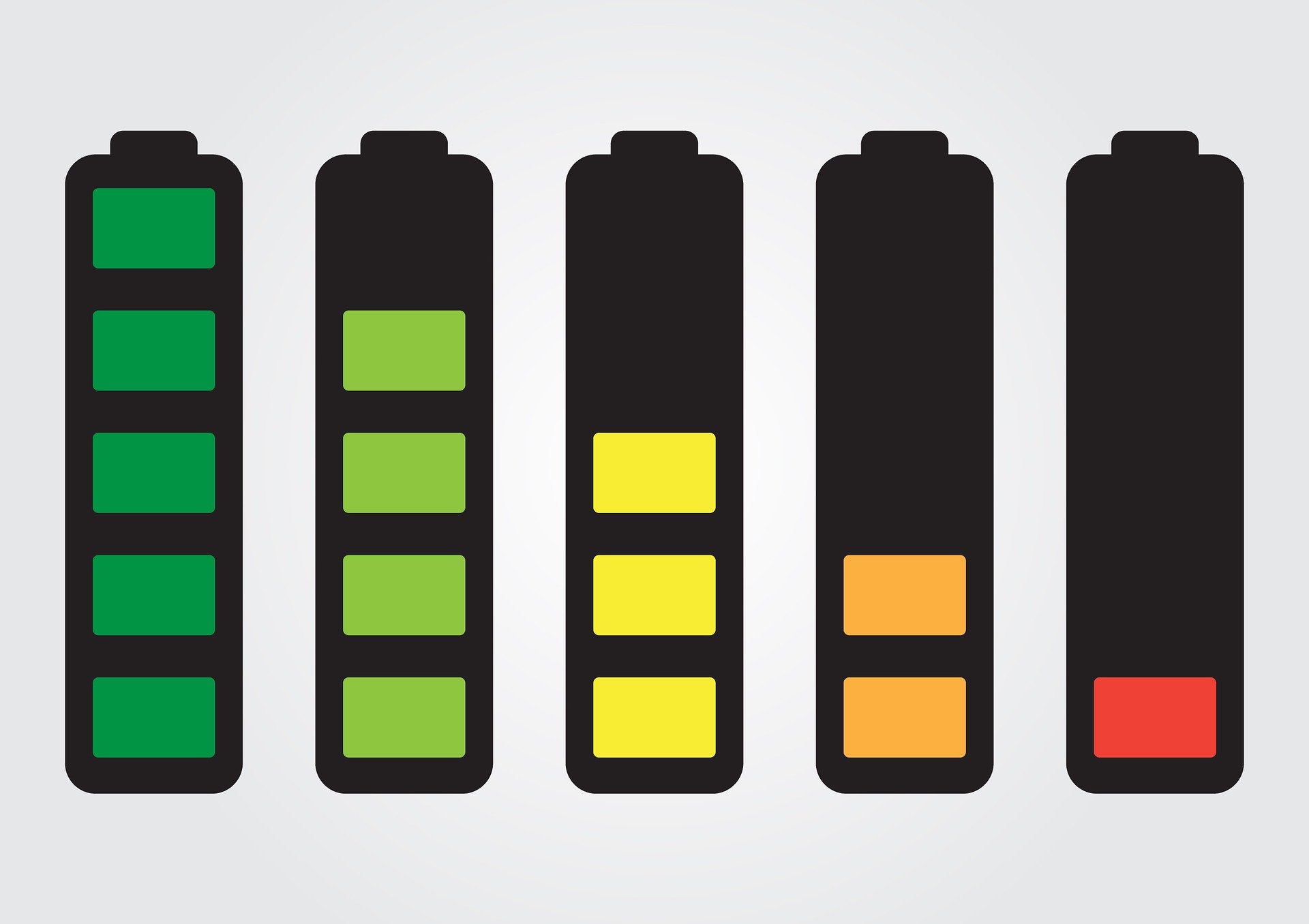
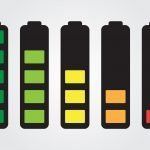
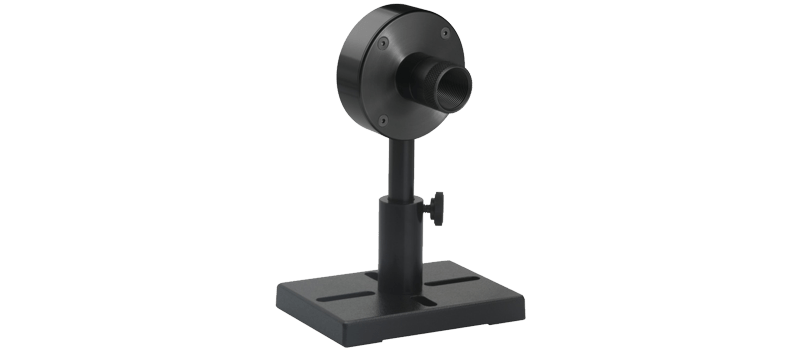

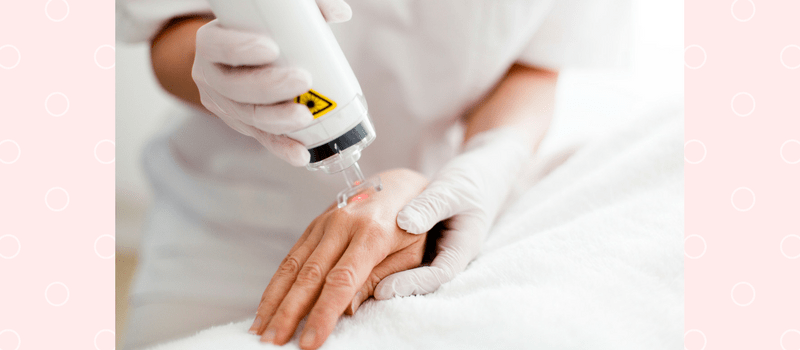
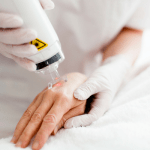
What will be the best Laser to produce max current when the laser hit the photo diode and what will be the current rating? will it be in mA or uA?
Hi Mr. Akum Jamir,
Can you please clarify your question? Photodiodes in general are very linear for a very wide range of power, so the more power you put in the closer you’ll get to the maximum current of the photodiode. But why do you want to maximize the current?